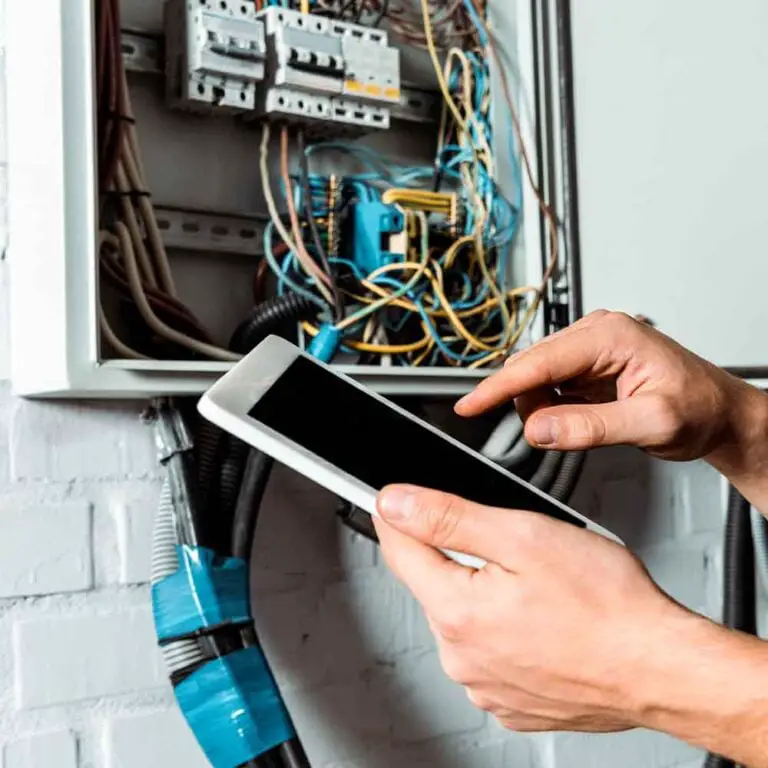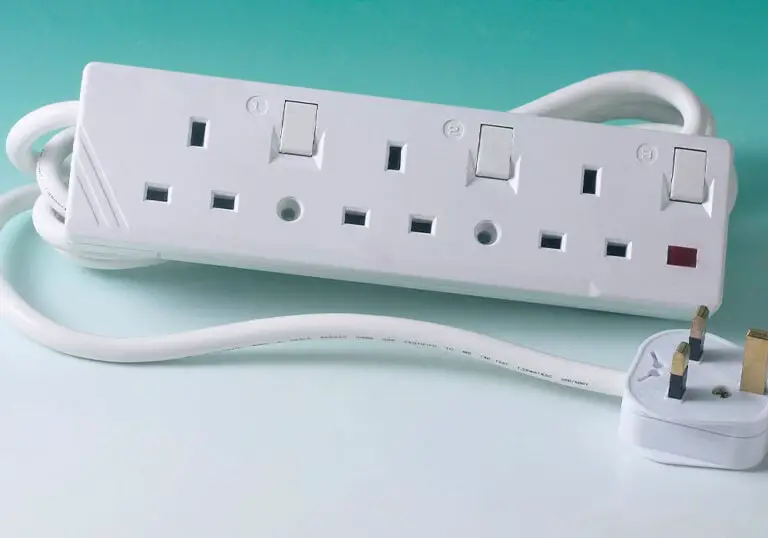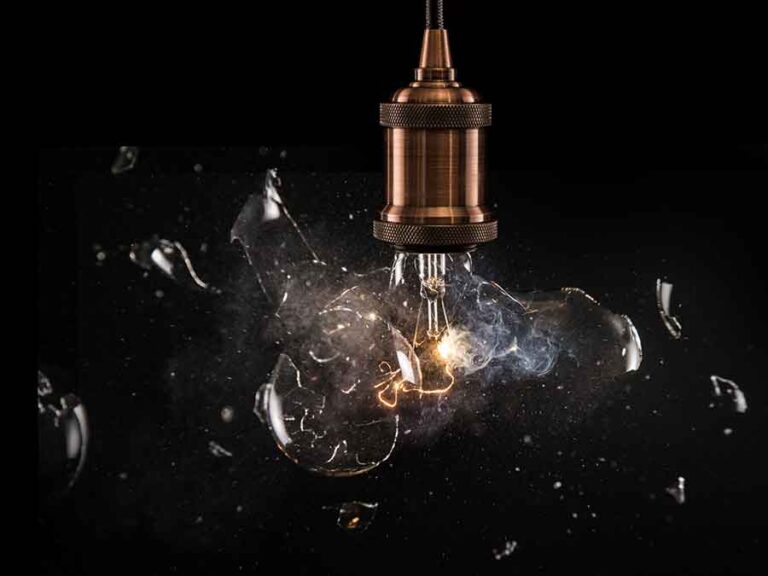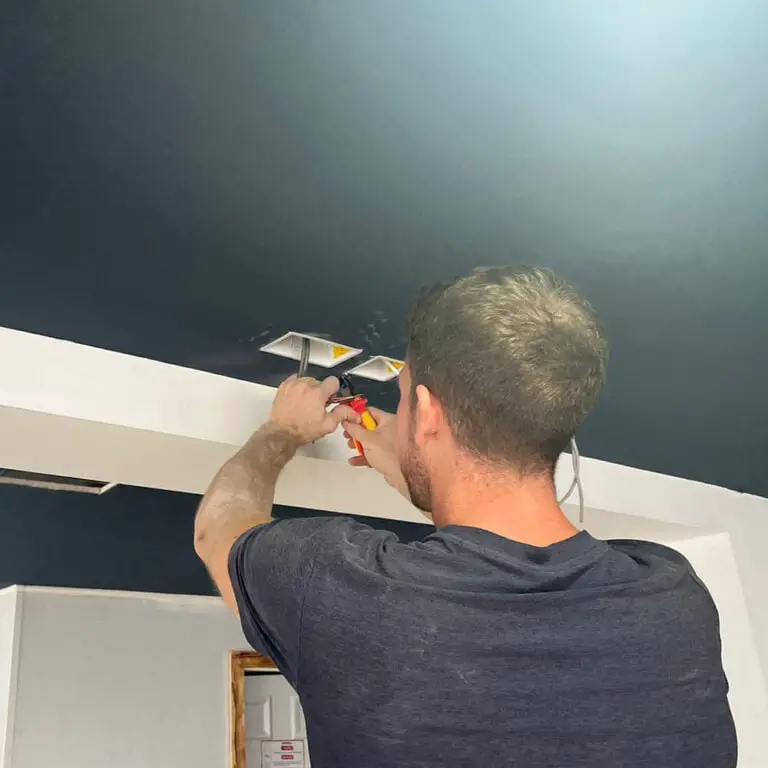Do Smart Light Switches Save Money?
Smart light switches have become a popular choice for homeowners looking to improve the efficiency and convenience of their lighting systems. These switches offer the ability to control your lighting remotely, set schedules, and even integrate with virtual assistants such as Siri or Amazon Alexa. The initial cost of smart light switches can range from £20 to over £60, depending on the brand and model, with some requiring additional smart hubs for voice control.
Many people wonder whether investing in smart light switches actually leads to savings on their energy bills. While the initial cost can be higher, smart light switches can contribute to energy efficiency in various ways. For instance, the ability to remotely control your lights prevents energy wastage from accidentally leaving lights on. Furthermore, being able to schedule when your lights turn on and off, helps to optimise usage and save energy over time.
Key Takeaways
- Smart light switches offer remote control and scheduling capabilities, increasing convenience and energy efficiency.
- The initial cost of smart light switches varies, but potential savings can be realised through reduced energy consumption.
- Financial benefits can be achieved by calculating the return on investment, taking into consideration factors like energy savings and convenience.
What Are Smart Light Switches?
Smart light switches are a type of switch that replace your existing on-the-wall switches, providing “smart” features such as voice control, trigger, and scheduling options. They offer users the ability to control their lights remotely via smartphone apps or personal assistants like Amazon Alexa and Google Home.
By installing smart light switches, you can benefit from several convenient features. For example, you can set timers for your lights, turning them on and off automatically at specific times or even syncing them with sunrise and sunset settings. Moreover, you can create custom lighting scenes for different occasions, such as a dimly lit setup for watching movies or a brightly lit arrangement for working at home.
Another advantage of smart light switches is the potential to save energy and reduce electricity bills. With remote access, you can easily turn off lights when they’re not needed or when no one’s at home. This helps to minimise energy wastage and can contribute to cost savings in the long run. Additionally, some smart switches also function as dimmers, allowing you to adjust the brightness level of your lights and save more energy.
In conclusion, smart light switches offer various practical benefits. They provide enhanced control over your lighting, enabling you to customise brightness, timing, and scenes, as well as the potential to save energy, reduce costs, and contribute to a greener home environment.
The Initial Cost of Smart Light Switches
When considering smart light switches, you need to be aware of the initial costs involved. Smart switches typically cost between £40 to £60 each. Depending on the number of smart switches you need for your home, this can add up quickly. However, remember that investing in smart switches is a one-time expense, and the potential savings on your energy bills can outweigh the initial investment in the long run.
In addition to the cost of the smart switches themselves, you may also need to consider the cost of installation, as they might require a professional electrician to install them safely. Installation costs can vary depending on factors such as the complexity of your home’s wiring and the electrician’s rates.
While smart bulbs also save energy and money, their higher upfront cost and potential requirement for a hub (which can cost an additional £20 to £80) might make smart light switches a more cost-effective solution. Smart bulbs generally last up to 20-25 years, so be sure to factor in this longevity when making comparisons.
Keep in mind that the prices mentioned above are only a rough estimate and may vary depending on factors such as brand, functionality, and market availability. Always compare your options and conduct thorough research to ensure you get the best value for your money while installing smart lighting solutions in your home.
The Operational Cost of Smart Light Switches
As you consider implementing smart light switches in your home, it’s important to understand the operational costs associated with this technology. To determine whether smart light switches can save you money in the long run, it’s useful to compare them with traditional light switches and smart bulbs.
One factor to consider is the initial cost of the smart light switches themselves. Typically, these switches cost between £40 and £60 per unit. Additionally, you might need to pay for installation services, as they require some modification to your existing wiring. Dimmers and other smart components can range from £20 to £90, depending on your preferences.
In terms of energy use, smart light switches and smart bulbs both require a small amount of electricity for their standby modes. However, it’s worth noting that smart bulbs consume less power overall, especially when compared to incandescent bulbs. For example, using 20 smart bulbs might cost around £20 per year, whereas 20 incandescent bulbs could cost up to £96 per year in electricity.
Smart light switches offer an effective way to manage your energy usage and cultivate a more sustainable lifestyle. With these switches, you can set schedules and routines for your lights, ensuring that they only turn on when needed. This level of customisation can help to reduce energy waste and lower your utility bills over time.
Finally, smart light switches come with additional features, such as integration with voice assistants and smartphone apps. These functions enable you to control your lighting remotely, offering greater convenience and flexibility in managing your home’s lighting systems.
Energy Efficiency of Smart Light Switches
Load Management
Smart light switches help you manage the electrical load in your home by allowing you to remotely control and schedule when your lights and appliances should be on or off, resulting in lower energy consumption. You can set timers for lights to automatically turn off after a certain time or create specific routines for different times of the day or week, ultimately saving you energy and money.
Usage Reporting and Analysis
Most smart light switches come equipped with energy monitoring features, providing you with real-time usage data and historical insights into your electricity consumption. By reviewing this information, you can:
- Identify patterns: Determine peak hours of usage and explore opportunities for better load management.
- Detect energy leaks: Regularly monitor your energy use to quickly detect and address any sudden increases.
- Set goals: Based on your usage patterns, establish targets for energy-saving and monitor your progress towards achieving them.
By utilising the energy efficiency features of smart light switches, you can make more informed decisions on when and how to use your appliances, ultimately reducing your energy consumption and saving money. Remember, small habits and changes in your daily routine can make a significant difference in your overall energy savings.
Other Financial Benefits
Longevity and Durability
One significant financial benefit of smart light switches is their longevity and durability. These switches often use LED bulbs, which are known to have a much longer lifespan compared to traditional incandescent bulbs. As a result, you’ll save money by not having to replace your bulbs as often. Additionally, smart light switches are designed to withstand regular use and resist wear and tear, further extending their lifespan and reducing replacement costs in the long run.
Automatic Features and Convenience
Another financial advantage of smart light switches comes from the convenience and automatic features they offer. These switches often provide programmable functions, allowing you to set specific times for your lights to turn on or off. This means that instead of wasting energy and money by accidentally leaving lights on when not needed, your smart switches can help you conserve energy usage. Furthermore, some smart light switches come with built-in motion sensors, which automatically turn off lights when no one is present. This not only minimises energy waste but could also contribute to lower utility bills.
In summary, the financial benefits of smart light switches extend beyond simple energy savings. Their longevity, durability, and automation features can all contribute to more cost-effective and efficient lighting solutions in your home.
Calculating the Return on Investment
To calculate the return on investment (ROI) for smart light switches, it’s important to consider both the initial costs and the potential energy savings. You may initially spend more on a smart light switch than a traditional one, but the benefits can outweigh this cost in the long run.
First, analyse how much energy your current light switches are consuming. By understanding your current consumption, you can identify the potential savings offered by a smart light switch. Next, consider the cost of purchasing and installing smart light switches. The price of smart switches varies depending on the brand, functionality and compatibility with your existing lighting system. Always include any additional costs, such as hiring a professional electrician for the installation, when calculating your initial investment.
Now, factor in the potential energy savings that can be achieved by using smart light switches. Smart switches offer greater control of your lighting, allowing you to tailor its use according to your needs and preferences. This can help reduce energy waste by ensuring that lights are only on when necessary. As energy efficiency is the primary advantage of adopting smart switches, quantifying this benefit is crucial in determining their ROI.
When calculating the ROI, subtract the initial cost of the smart light switch installation from the estimated savings over time. Then, divide this new number by the initial investment and multiply the result by 100. This will give you the return on investment in percentage form.
For example:
- Estimate the annual energy savings due to smart light switches
- Multiply this figure by the number of years you expect to use the switches, accounting for their average lifespan
- Subtract the total installation cost from the total savings
- Divide the result by the total installation cost and multiply by 100 to get the ROI in percentage
Remember that your ROI is influenced by factors such as energy rates, usage patterns and the lifespan of the smart switches. Moreover, it’s essential to consider additional benefits such as convenience, the potential for further smart home integration, and a better user experience in your evaluation.





